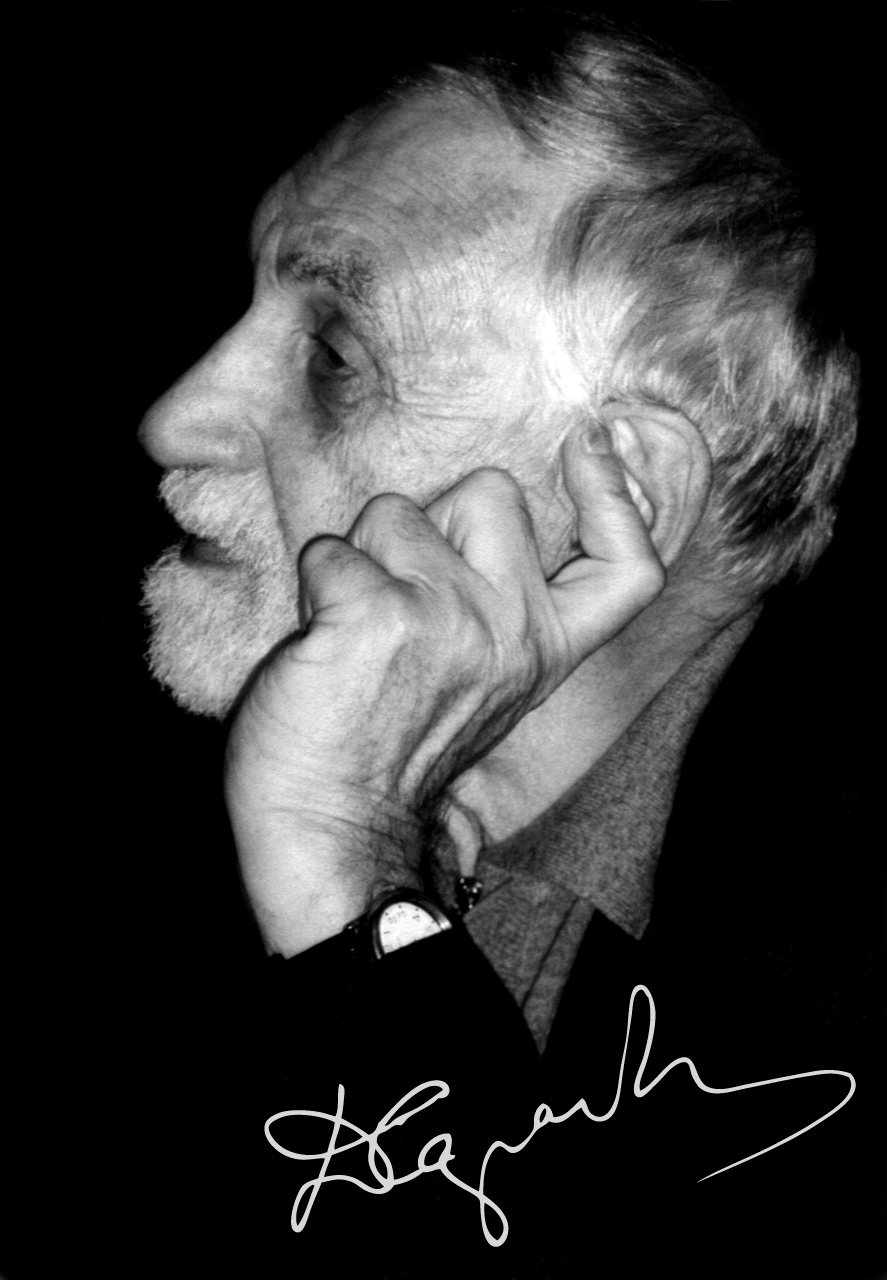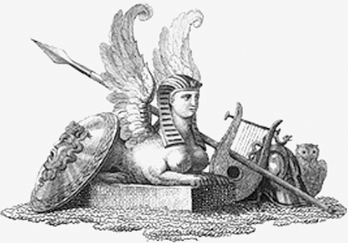
Russian Art Studies amid European Schools: Intellectual History and Migration of Ideas
The State Institute of Art Studies invites you to the Fourth International Sarabianov Congress of Art Historians on “Russian Art Studies amid European Schools: Intellectual History and Migration of Ideas”.
A whole epoch of art studies in Russia is associated with the name of Dmitry Vladimirovich Sarabianov (1923-2013), who worked on key problems of modern art research. These included the national specifics of art and methods of studying them, “cultural memory” and analysis of latent “innermost” traditions, an interdisciplinary approach to the study of fine arts and architecture, interaction of Russian and European art, and the art studies, philosophy, philology, history and theology interface. Sarabianov took interest in art of diverse periods, which enabled him to see the interrelationship and kinship between seemingly opposite tendencies in Russian culture. In his research Sarabianov was always keen on and sensitive to new methods of art studies. By instituting the International Sarabianov Congress of Art Historians, we want to carry on and develop the potential of this approach to the study of art history and art study methods.
The name of the forthcoming congress paraphrases Dmitry Sarabianov’s fundamental oeuvre, “Russian Painting of the 19th Century amid European Schools. Comparative Study” (1980).
Formed in close interaction with European schools, the Russian school of art studies nevertheless has a number of specifics that have to do with the history and culture of the Russian Empire, the Soviet Union and the Russian Federation of our day. In the two hundred years of their history, art studies in Russia went through different stages and interacted with European art studies in different ways. In part our congress is a sort of revision aimed at rethinking the nature and results of this coexistence that developed ranging from parallel lines to mutual influences, direct or indirect, in different historical periods. It is beyond doubt impossible to address this global task without considering the methods of art studies per se in the broad context of the humanities.
Read more

We assume that our congress will help:
- identify the specifics of Russian art studies in respect of other European schools and the contribution Russian scholars made to forming different trends in art studies;
- systematize the legacy of one of the key Russian humanities;
- study the oeuvres of leading scholars, thinkers, theoreticians and practitioners in light of the latest knowledge;
- introduce a corpus of new sources into scholarly discourse.
The organisers believe that the paramount aims of the congress are:
- to raise and explore the problem of migration of ideas that form the methodological basis of understanding the history of art on the Eurasian continent;
- to form a single intellectual methodologically innovative space encompassing both the Russian and European schools of art studies;
- to revise the myths and stereotypes as regards Russian art studies.
Topics suggested for discussion at the congress:
- historical and conceptual analysis of major schools of art studies in their interaction with philosophical, anthropological and sociological methods;
- analysis of mutual intersection and impact of Russian thought in arts and humanities on the development of the domestic and European tradition of art studies;
- rethinking the historical practice of domestic art studies in light of latest ideas;
- rethinking the stereotypical views and myths of Russian art studies;
- filling in gaps in the history of Russian art studies and restoring forgotten names;
- overcoming tendentious interpretation and promoting a new understanding of the significance and role of Russian art studies in the intellectual history of Europe;
- clarifying ways and strategies of learning from global experience in arts and general theory, primarily as regards the methods of intellectual history;the specifics and major accomplishments of Russian art studies based on the concrete interaction of different schools of knowledge: iconographic studies of N.P. Kondakov and his school and its role in the development of Byzantine studies and iconology in Europe; Russian formalism and the Vienna School of Art History; Russian and English essayists; Russian and European sociological school of art studies; the Prague linguistic circle(Prague School), its Russian members and their role in laying the foundations of structuralism; the Tartu School and the semiotic approach to art studies; contribution of Russian theoreticians and practitioners to the development of psychoanalytic approaches to art; the activities of GAKhN / GINKhUK / INKhUK in the context of European art studies, etc.;
- the school of latter-day Soviet art studies (1960s-1980s);
- the impact of the Russian school of art studies on 20th- and 21st-century European research.
The international congress will give scholars inside and outside Russia a chance to discuss a broad range of topical problems of culture of modern and latest times in an interdisciplinary context, and to assess anew the place and role of Russian culture in European history. The forum of domestic and foreign art historians will aim primarily to develop new approaches to the study of Russian art.
Show less

The Congress is funded with a grant of the President of the Russian Federation for the support of creative projects of nationwide importance in the field of culture and art
Dmitri Vladimirovich Sarabianov

Dmitri Vladimirovich Sarabianov
(10.10.1923 — 19.07.2013)
Soviet and Russian art historian, specialist in the history of Russian and Soviet fine arts, corresponding member of the USSR Academy of Sciences Department of Literature and Language (art studies and the theory of culture) from 23 December 1987, member of the Russian Academy of Sciences from 11 June 1992, corresponding member of the Russian Academy of Arts from 1997.
Read more >>












